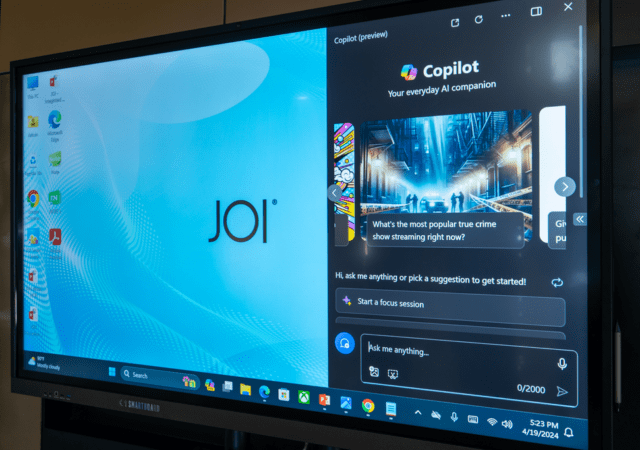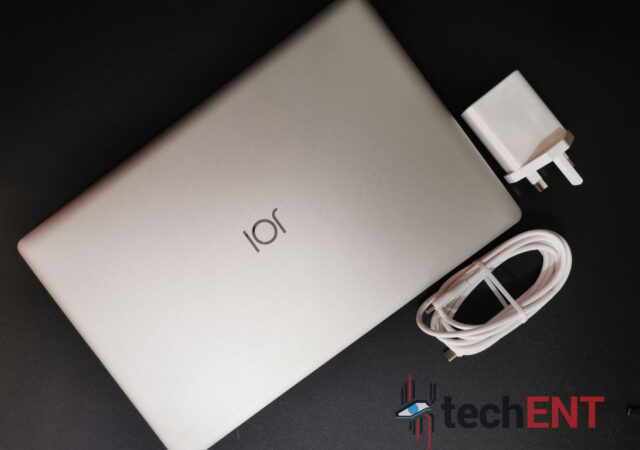Enhance classroom learning with the JOI Smartboard. Bridge the gap between traditional teaching methods and modern technology to create an interactive learning experience.
Bringing JOI to Hybrid Education by Empowering Flexibility & Adaptability in Classrooms
In a world where there is an air of uncertainty, educational institutions are in dire need for empowerment with the right tech to adapt.
The JOI Book SK3000 In-Depth Review – Windows Pro on 4G? It Works
SNS Network releases the world’s first 4G Enabled Qualcomm Snapdragon 850 Compute Platform powered JOI Book SK3000 for MYR 2,199. It packs Windows 10 Pro too. Should you?
JOI Book SK3000 Launches with Qualcomm Snapdragon 850 Power for MYR 2,199
JOI launches their new JOI Book SK3000 packing Qualcomm’s Snapdragon 850 SoC powering Windows 10 Pro for MYR 2,199.






